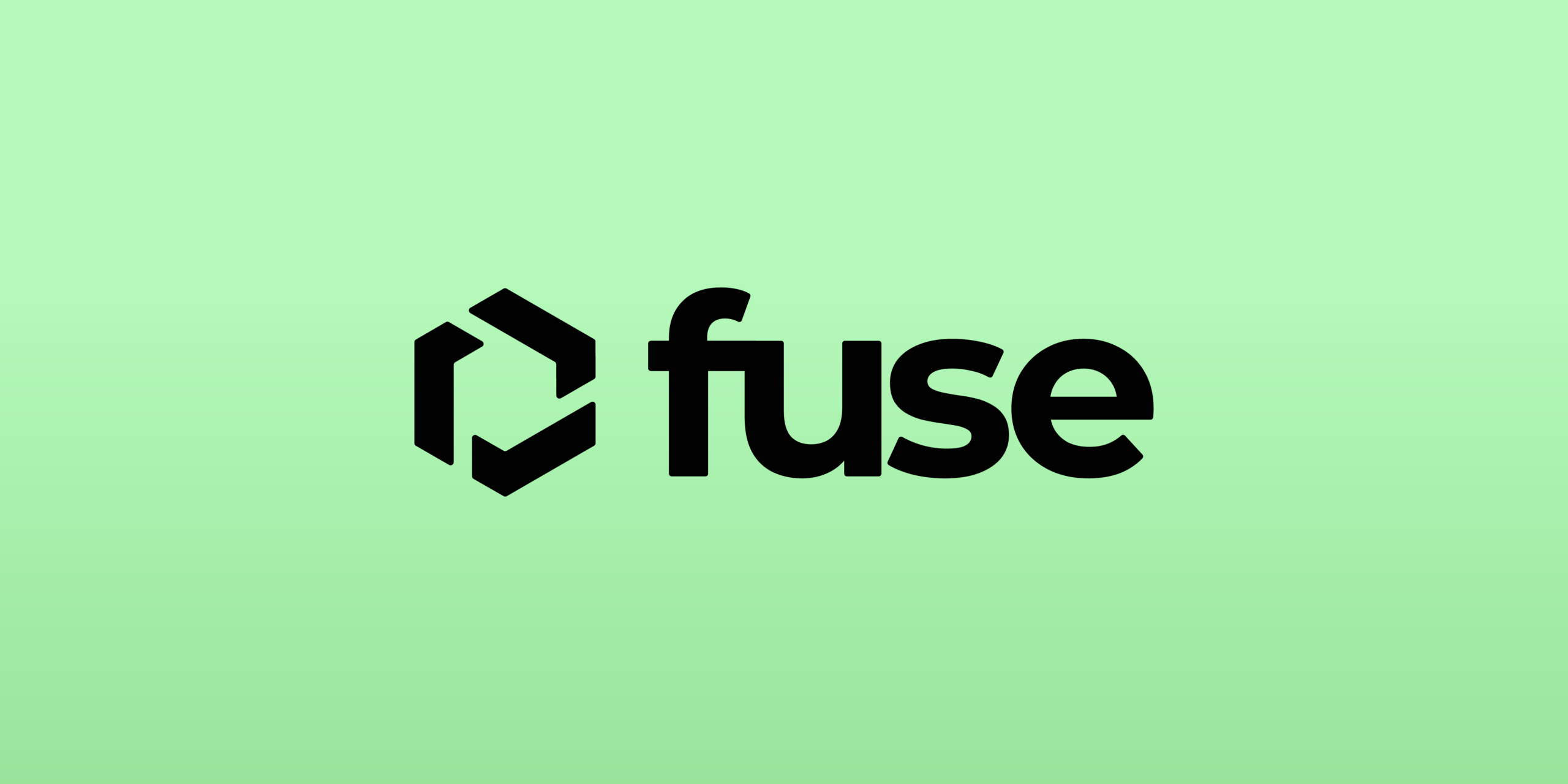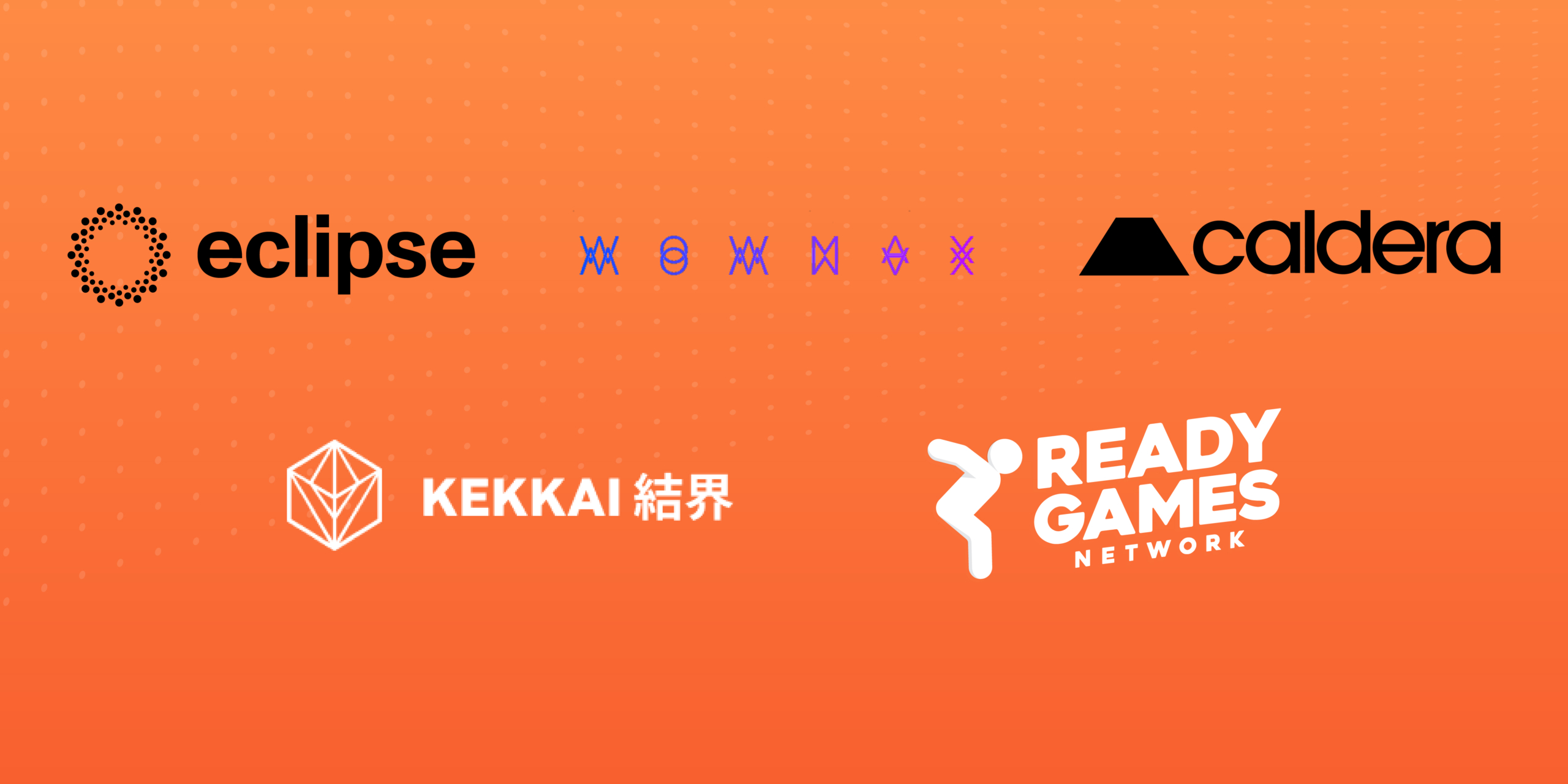Introduction
In the rapidly evolving world of blockchain technology, the Fuse Network stands out as a promising layer-1 Ethereum Virtual Machine (EVM) – compatible blockchain tailored towards transforming the global payment landscape. This review delves into the technical aspects and key features of the Fuse Network, providing a balanced examination of its strengths and areas for future development.
Innovation
Fuse Network’s emphasis on the web 3 payments vertical makes it a pioneering solution in the blockchain domain. Unlike many Layer 1 blockchains, Fuse focuses on making it easy for developers to embed web 3 payment solutions into their existing frameworks. Additionally, the network is continuously evolving with the launch of Fuse V2, which brings an array of enhancements, including Power Validators and a zero-knowledge proof-based execution layer.
Architecture
Fuse Network’s architectural design shines in its versatility. It adeptly migrates from a proof-of-authority consensus to a more decentralized and efficient delegated proof-of-stake (DPoS) consensus. This migration aims to maintain network security, scalability, and decentralization. Its inclusion of the Power Validators highlights a unique mechanism wherein incentivized providers power the payment infrastructure while actively validating transactions.
A noteworthy aspect is Fuse’s Data Availability layer, which stores ZKPs, ensures private transactions remain encrypted, and guarantees a private ledger setup.
Code Quality
Upon analysis, the project’s code exhibits commendable quality – it’s organized, readable, and effectively documented. Such meticulous coding practices make it easier for developers to engage with the platform and contribute to its growth.
Product Roadmap
Fuse’s journey to evolve as a payment-focused blockchain platform is evident in its ongoing initiatives. With the introduction of Fuse V2, the platform has made substantial advancements like incorporating Power Validators, a zero-knowledge proof-based execution layer for private transactions, and a consensus mechanism shift.
Fuse Network Usability
Two primary tools enhance Fuse’s usability quotient:
- Fuse Wallet: This embedded wallet-as-a-service tool allows developers to integrate smart contract wallets into their applications seamlessly. It emphasizes user control over funds, aiming to make web 3 payments accessible and user-centric.
- Fuse SDK: Tailored for developers, the SDK provides a rich toolset for the creation, management, and interaction with Fuse Smart Wallets in client applications. Its support for both Flutter and TypeScript applications ensures a smooth development experience.
Team
Behind Fuse Network‘s achievements is a dedicated team of over five developers. While they possess intermediate experience, their commitment to the project and the consistent advancements in the network suggest a group that’s both capable and passionate about their craft.
Conclusion
Fuse Network is carving a niche in the blockchain technology world. With its unique focus on the web3 payments vertical, it offers businesses a tangible solution to integrate decentralized payment mechanisms seamlessly. Its evolving infrastructure, combined with a robust toolset in Fuse Wallet and SDK, showcases a promising trajectory for the platform. As with any project, continued vigilance in security and scalability will be critical to its long-term success and adoption.
| Initial Screening | |||
| Keep researching | |||
| Does this project need to use blockchain technology? | Yes | ||
| Can this project be realized? | Yes | ||
| Is there a viable use case for this project? | Yes | ||
| Is the project protected from commonly known attacks? | Yes | ||
| Are there no careless errors in the whitepaper? | Yes | ||
| Project Technology Score | |||
| Description | Scorecard | ||
| Innovation (Out Of 11) | 9 | ||
| How have similar projects performed? | Good | 2 | |
| Are there too many innovations? | Regular | 2 | |
| Percentage of crypto users that will use the project? | 6%-10% | 3 | |
| Is the project unique? | Yes | 2 | |
| Architecture (Out of 12) | 9 | ||
| Overall feeling after reading whitepaper? | Good | 2 | |
| Resistance to possible attacks? | Good | 2 | |
| Complexity of the architecture? | Not too complex | 2 | |
| Time taken to understand the architecture? | 20-50 min | 1 | |
| Overall feeling about the architecture after deeper research? | Medium | 2 | |
| Has the project been hacked ? | No | 0 | |
| Code Quality (out of 15) | 13 | ||
| Is the project open source? | Yes | 2 | |
| Does the project use good code like C,C++, Rust, Erlang, Ruby, etc? | Yes | 2 | |
| Could the project use better programming languages? | No | 0 | |
| Github number of lines? | More than 10K | 1 | |
| Github commits per month? | More than 10 | 2 | |
| What is the quality of the code? | Good | 2 | |
| How well is the code commented? | Outstanding | 2 | |
| Overall quality of the test coverage? | Good | 1 | |
| Overall quality of the maintainability index? | Good | 1 | |
| When Mainnet (out of 5) | 5 | ||
| When does the mainnet come out? | Mainnet Ready | 5 | |
| Usability for Infrastructure Projects (out of 5) | 5 | ||
| Is it easy to use for the end customer? | Yes | 5 | |
| Team (out of 7) | 5 | ||
| Number of active developers? | 5+ | 2 | |
| Developers average Git Background? | Intermediate | 1 | |
| Developers coding style? | Solid | 2 | |
| Total Score (out of 55) | 46 | ||
| Percentage Score | |||
| Innovation | 16.36% | ||
| Architecture | 16.36% | ||
| Code Quality | 23.64% | ||
| Mainnet | 9.09% | ||
| Usability | 9.09% | ||
| Team | 9.09% | ||
| Total | 83.64% |





